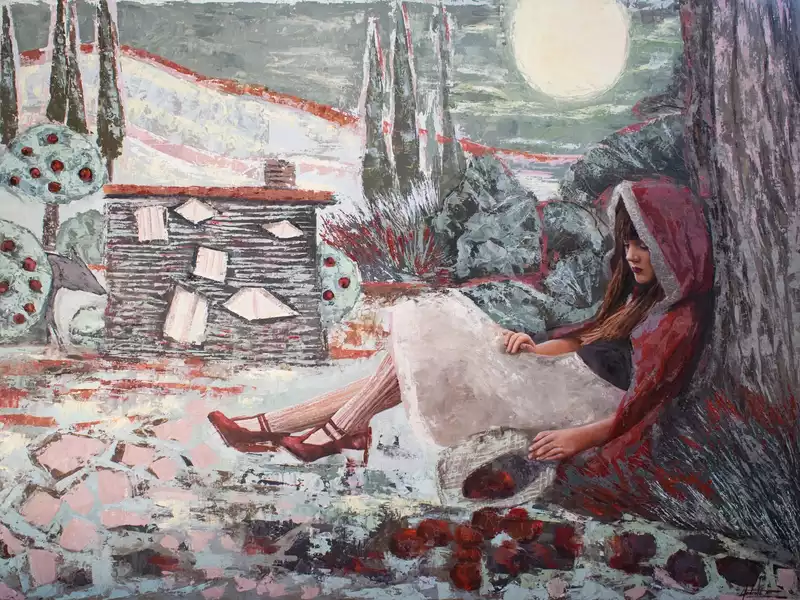
Robert Draws – Drawing as a storytelling medium allows artists to communicate emotions, narratives, and experiences without using words. Through lines, shapes, and shading, drawings have the power to evoke deep emotions and convey complex ideas. Unlike other art forms, drawing captures raw expressions that often tell more than what meets the eye. This unique form of expression has been used for centuries to share stories, experiences, and cultural values.
Lines, the foundation of any drawing, have a remarkable ability to convey emotions. A single line can express tension, calmness, chaos, or serenity. For example, sharp, jagged lines often depict anger or frustration, while smooth, flowing lines can express peace and tranquility. Artists use these lines deliberately to communicate the emotions they want the viewer to feel. The thickness, length, and curve of the line can change the entire tone of the drawing.
While lines are essential, shapes and forms further enhance the message. Simple shapes like circles, triangles, and squares can symbolize different aspects of a story. A circle might represent unity, wholeness, or innocence, while a triangle could symbolize stability or conflict. Artists use these shapes to build their compositions and guide the viewer’s understanding of the narrative. The way shapes are arranged within a drawing also contributes to the story’s flow.
“Read about: Drawing from Nature: How to Capture the Beauty of the Outdoors”
Shading adds depth to a drawing, giving it life and dimension. It can also enhance the emotional impact of the piece. A drawing that utilizes dark, heavy shading can create a sense of mystery, fear, or sadness. Conversely, light shading can evoke feelings of hope or softness. Texture, too, plays a role in conveying emotions. Rough textures may indicate discomfort or turmoil, while smooth surfaces may suggest calmness or serenity.
Many artists use drawing as a way to tell personal stories or explore their emotions. For them, drawing is a form of therapy, a way to express feelings they cannot easily put into words. The simplicity of a drawing allows for more intimate storytelling, where every detail and stroke adds to the emotional weight of the narrative. Whether depicting personal experiences or abstract concepts, drawings have a profound ability to communicate complex emotions.
One of the most powerful aspects of drawing is its ability to transcend language barriers. Regardless of culture or background, people from all over the world can relate to the emotions and messages conveyed through a drawing. In many ways, drawing becomes a universal language that allows individuals to connect on a deeper emotional level. It is a medium through which stories can be shared, understood, and appreciated without the need for translation.
In today’s digital age, the role of drawing in storytelling continues to evolve. Artists now use digital platforms to create illustrations and animations that tell stories in new and innovative ways. Comic books, graphic novels, and animated films have all embraced the power of drawing as a primary storytelling tool. Digital drawings add movement and color, enhancing the emotional depth and impact of the narrative. Despite the technological advancements, the core elements of line, form, and texture still play a critical role in the art of storytelling.
“Read more: Building Lower Arm Muscle: Essential Forearm Workout Tips”
Throughout history, drawings have been used to record events, document cultural practices, and tell stories that reflect societal values. Ancient cave drawings, for example, provide insight into the lives and beliefs of early human civilizations. Similarly, artists today continue to use drawings to comment on political, social, and cultural issues. Drawing as a storytelling medium allows them to communicate powerful narratives about identity, belonging, and the human experience. Through their art, they express both the triumphs and struggles of society. Drawing continues to serve as a mirror to society, reflecting the complexities of human life across different eras.